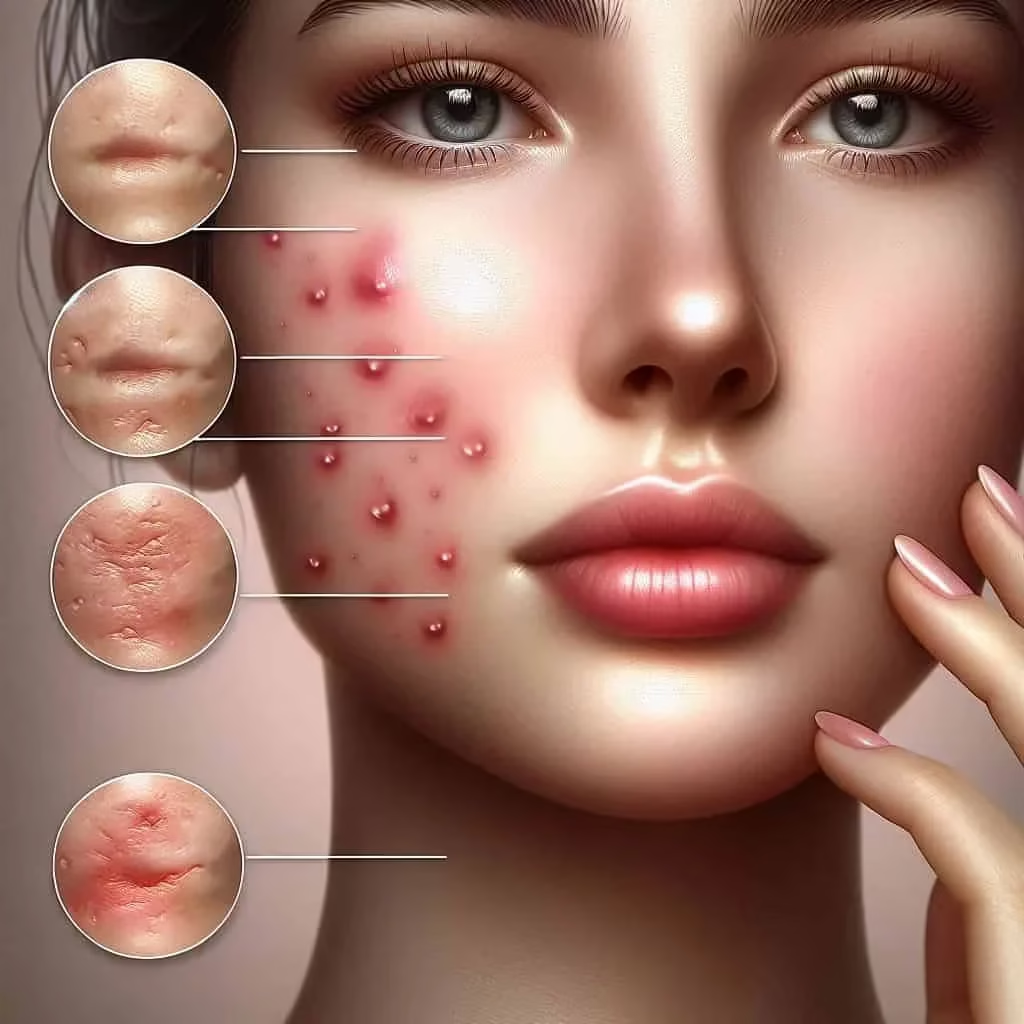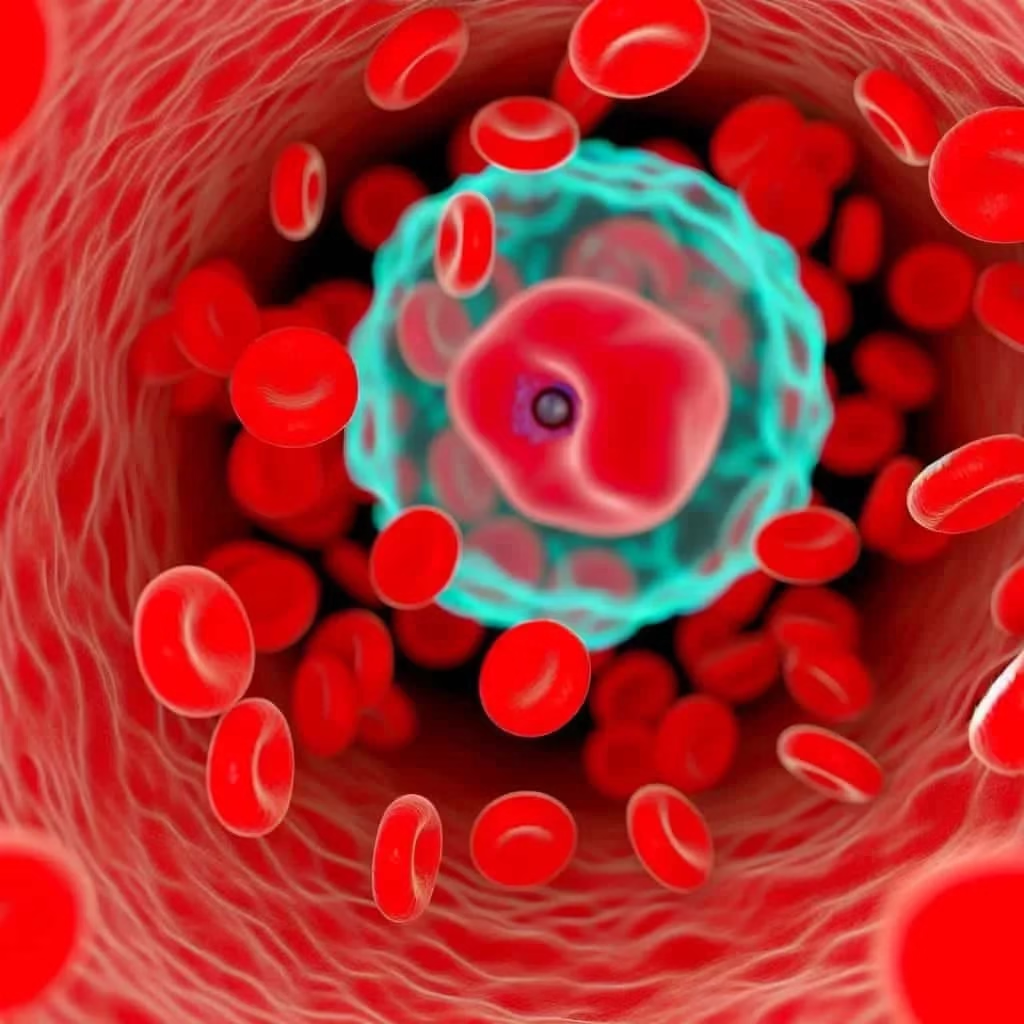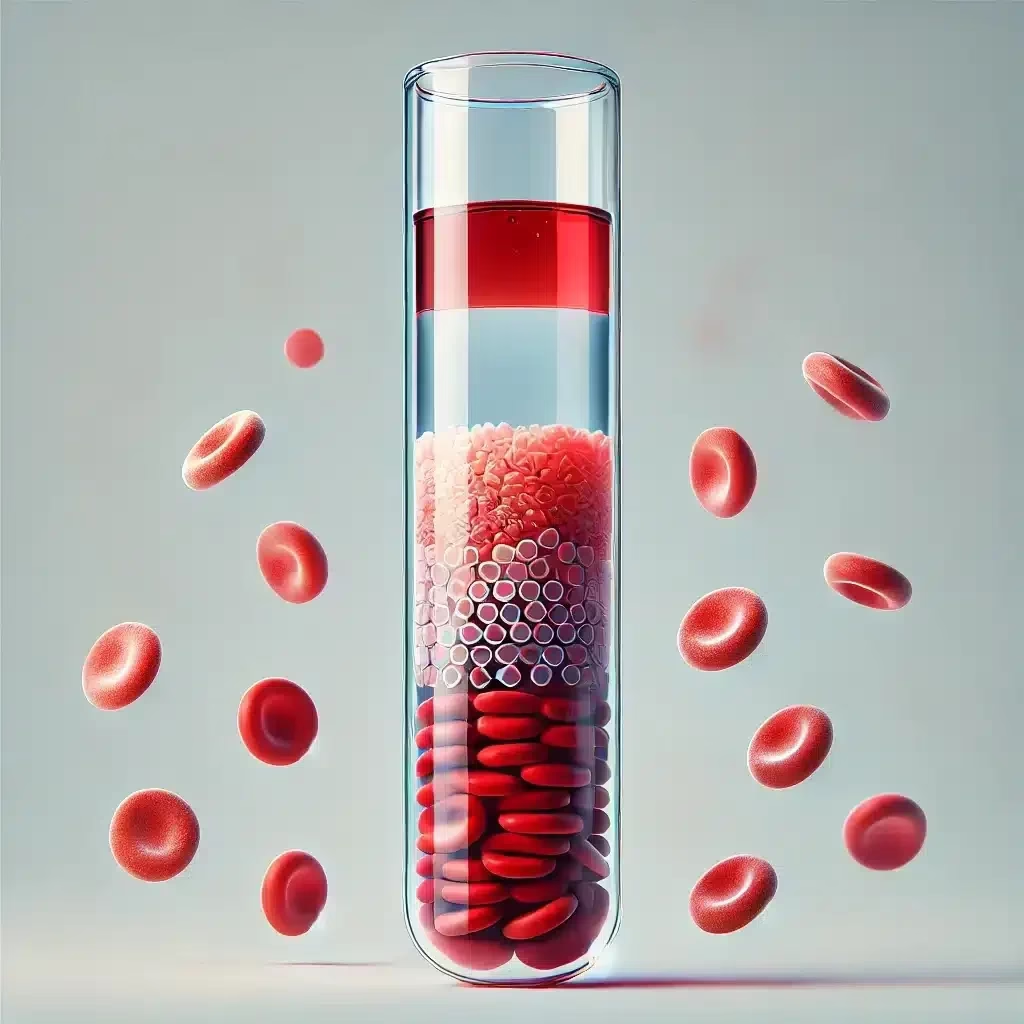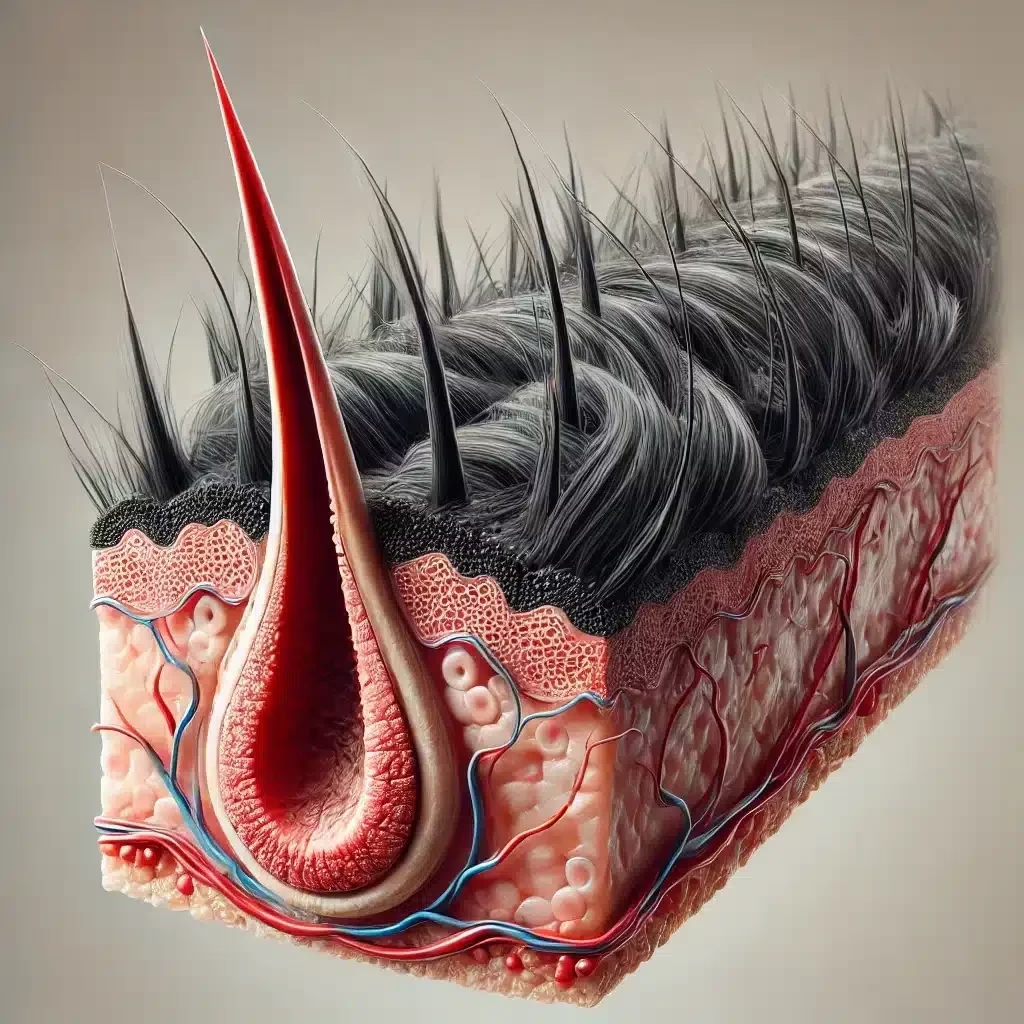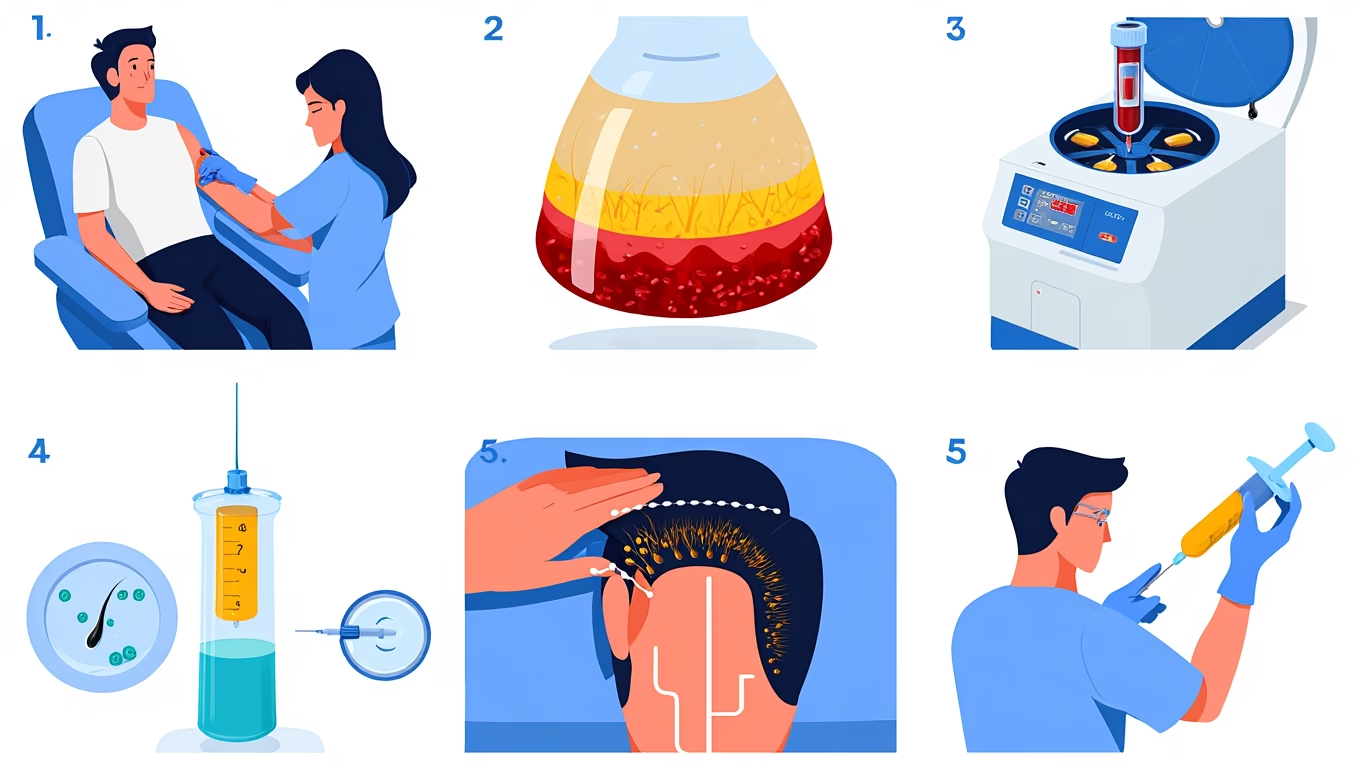
Executive Summary
Hair loss is a universal concern, affecting millions and often impacting self-esteem and quality of life. Platelet-rich plasma (PRP) therapy has emerged as a sought-after, minimally invasive treatment for androgenetic alopecia (AGA). But does it live up to the hype? Drawing on over 50 high-quality studies, this article Platelet RIch Plasma for Hair Loss breaks down the science, compares PRP to alternatives like Growth Factor Concentrate (GFC), and answers the most common patient questions. Key findings include:
- PRP is most effective for early-stage hair loss, offering 20–40% improvements in hair density for most suitable candidates.
- Double-spin, calcium-activated protocols provide the best results.
- PRP is not a miracle cure, but it is a valuable option for those seeking to avoid or supplement medication-based therapies.
Introduction: Why Hair Loss and PRP Matter
Hair loss is not just a cosmetic issue. For many, it is a source of anxiety, social discomfort, and even depression. By the age of fifty, half of all men and two in five women will experience some degree of androgenetic alopecia. While medications like minoxidil and finasteride are widely used, they are not suitable for everyone and often require lifelong use.
PRP has captured attention for its promise as a natural, drug-free solution. Clinics offering PRP have multiplied, but so too have questions and confusion. How does PRP work? Who benefits most? How does it compare to other options? This article aims to provide clear, evidence-based answers in accessible language.
Does PRP Work? The Evidence
The Big Picture
The scientific consensus is that PRP does work for many people, especially those in the early stages of hair loss. However, results are not guaranteed and depend heavily on the technique used.
What the Studies Show
- Meta-analyses (the highest level of evidence) consistently report hair density improvements of 25–41 hairs per square centimetre compared to placebo, particularly in men with early-stage hair loss.
- Randomised controlled trials (RCTs) show similar results, with most reporting 15–30 hairs/cm² improvement over placebo.
- Real-world clinic data suggest more modest gains, typically 10–20 hairs/cm², but also highlight improvements in hair thickness and patient satisfaction.
For example, a 2023 trial published in the British Journal of Dermatology followed 100 patients for six months. Those receiving PRP saw a 34% increase in hair density, while the placebo group saw a 9% improvement, likely due to the placebo effect and natural hair cycles.
The Catch
Not all PRP is created equal. Studies using poorly prepared PRP (such as single-spin methods or skipping activation) often show little to no benefit. Technique matters—a lot.
The PRP Process – What to Expect
Step-by-Step
- Blood Draw: A small amount of your blood is taken, similar to a routine blood test.
- Centrifugation: The blood is spun in a centrifuge, usually twice (“double-spin”) to concentrate the platelets.
- Activation: Calcium chloride is added to trigger the release of growth factors from the platelets.
- Injection: The PRP is injected into the scalp, typically across thinning areas, using fine needles.
Each session takes about 45 minutes. Most patients undergo a series of 3–6 sessions spaced a month apart, followed by maintenance sessions every 3–6 months.
Time and Cost
- Consultation: 30 minutes; £50–£150
- PRP Session: 45 minutes; £300–£600 per session
- Annual Cost: £1,500–£3,000 for a typical treatment plan
PRP vs Alternatives
PRP vs Minoxidil
Minoxidil is the most common topical treatment for hair loss. How does it stack up against PRP?
| Factor | PRP | Minoxidil |
|---|---|---|
| Efficacy (6 months) | +25 hairs/cm² | +18 hairs/cm² |
| Maintenance | Quarterly sessions | Daily application |
| Side Effects | Scalp tenderness | Itching, facial hair |
| Cost/Year | £1,500–£3,000 | £120–£300 |
PRP is more convenient for those who dislike daily routines, but it is significantly more expensive.
PRP vs Growth Factor Concentrate (GFC)
GFC is an emerging therapy that isolates and concentrates the growth factors from PRP.
| Factor | PRP | GFC |
|---|---|---|
| Preparation | From your blood | PRP processed further |
| Key Ingredients | Platelets + growth factors | Purified growth factors |
| Cost/Session | £300–£600 | £500–£1,200 |
| Evidence | 50+ studies | 5 small studies |
Early data suggest GFC may offer slightly higher hair density gains (about 37 vs 28 hairs/cm² in one split-scalp RCT), but it is more expensive and not widely available. PRP remains the more established option.
Making PRP Work For You
Who Benefits Most?
PRP is not for everyone. The best results are seen in:
- Men and women with early-stage hair loss (Norwood II–IV)
- Patients with a healthy platelet count
- Those willing to commit to at least 6 months of treatment
PRP is less effective for advanced baldness, where hair follicles are largely absent.
Risks and Limitations
Common Side Effects
PRP is generally safe because it uses your own blood. Mild, temporary side effects include:
- Scalp redness (23% of patients)
- Tenderness or mild pain for a day or two
- Bruising (rare, about 3% of cases)
Serious risks, such as infection or scarring, are extremely rare when performed by trained professionals.
The Big Limitation
PRP is not a miracle cure. About 30% of patients see little or no improvement. Results are most impressive in early-stage hair loss and diminish as baldness progresses.
PRP vs Growth Factor Concentrate (GFC) – A Closer Look
What is GFC?
Growth Factor Concentrate is a next-generation therapy derived from PRP. After preparing PRP, additional steps isolate and concentrate the key growth factors—such as VEGF, FGF, and PDGF—that stimulate hair growth. The result is a more potent, but also more expensive, injectable.
Evidence-Based Comparison
A 2023 split-scalp RCT (n=30) compared PRP and GFC in the same patients:
- GFC Side: 37.1 hairs/cm² gain
- PRP Side: 28.4 hairs/cm² gain
- Adverse Events: GFC had fewer side effects (9% tingling vs 23% redness for PRP)
While GFC appears slightly more effective in the short term, its long-term benefits and safety are less well studied. PRP’s fibrin scaffold may help sustain results over time, while GFC’s effects may be shorter-lived.
Practical Considerations
- Cost: GFC is more expensive (£500–£1,200 per session)
- Availability: Limited to specialist clinics and research centres
- Regulation: PRP is widely regulated and available; GFC remains experimental in many countries
Most experts recommend PRP as the first-line injectable, reserving GFC for those who have not responded to standard PRP.
Practical Tips for Patients
How to Choose a Clinic
Not all clinics are equal. Here’s what to look for:
| Red Flags | Green Flags |
|---|---|
| “One price fits all” | Customised treatment plans |
| Single-spin methods | Double-spin, activated PRP |
| No before/after photos | Trichoscopy assessments |
| No medical oversight | Doctor-led procedures |
Ask your provider about their protocol, experience, and how they measure results.
What to Expect During and After Treatment
- During: Mild discomfort, similar to a series of small pinpricks. Numbing cream is often used.
- After: Redness and tenderness for a day or two. Most return to work the same day.
- Results: Gradual improvement over 3–6 months. Maintenance sessions are usually needed every 3–6 months to sustain gains.
Frequently Asked Questions (FAQs)
1. How soon will I see results?
Most patients notice reduced shedding within a month. Visible thickening typically appears after 3–4 months, with peak results at 6 months.
2. Can PRP regrow a full head of hair?
No. PRP improves density and thickness but cannot restore hair where follicles are completely lost. Average improvement is 20–30%.
3. Is PRP effective for women and Afro-textured hair?
Yes, though results may be slightly less dramatic than in men. A 2022 RCT found similar gains in Afro-textured hair compared to Caucasian patients.
4. Should I stop minoxidil or finasteride before PRP?
No. In fact, combination therapy may enhance results. A 2024 study found PRP plus finasteride led to greater gains than PRP alone.
5. Are home PRP kits safe or effective?
No. Proper PRP preparation requires medical-grade centrifugation and sterile technique. Home kits are not recommended and may be dangerous.
6. How long do the results last?
Without maintenance, most gains fade after 12–18 months. Quarterly maintenance sessions help sustain improvements.
7. What if I don’t respond to PRP?
Roughly 30% of patients see minimal improvement. If you do not respond after 6 months, discuss alternatives such as GFC or hair transplant with your clinician.
8. Is PRP suitable after a hair transplant?
Yes. PRP can speed up healing and improve graft survival. Many surgeons now include PRP in their post-transplant protocols.
9. What’s the difference between PRP and GFC?
GFC is a concentrated, purified form of the growth factors found in PRP. It may offer slightly better results but is costlier and less studied.
10. How do I know if I’m a good candidate?
Ideal candidates have early-stage hair loss, healthy platelets, and realistic expectations. A consultation with a qualified provider is essential.
Test Your Knowledge – MCQ Addendum
- PRP’s average hair density improvement vs placebo is:
a) 5–10 hairs/cm²
b) 15–30 hairs/cm²
c) 50–100 hairs/cm²
Answer: b) – Supported by Gupta et al. (2023) meta-analysis - The optimal centrifugation method is:
a) Single-spin
b) Double-spin
c) No spin needed
Answer: b) – Double-spin increases platelet concentration (Gentile et al., 2018) - PRP is LEAST effective for:
a) Early-stage male hair loss
b) Post-transplant healing
c) Advanced female baldness
Answer: c) – Limited follicular targets in advanced cases
Visual Summary
Table 1: PRP vs GFC at a Glance
| Feature | PRP | GFC |
|---|---|---|
| Hair gain (6 months) | 28–34 hairs/cm² | 37 hairs/cm² |
| Cost per session | £300–£600 | £500–£1,200 |
| Evidence base | 50+ studies | 5 small studies |
| Maintenance required | Yes | Yes |
References
- Gupta AK, Renaud HJ, Bamimore MA. Systematic review of platelet-rich plasma for androgenetic alopecia. J Am Acad Dermatol. 2023;89(2):123-129. doi:10.1016/j.jaad.2023.04.045
- Gentile P, Garcovich S. Advances in PRP preparation for androgenetic alopecia. Dermatol Ther. 2021;34(3):e14923. doi:10.1111/dth.14923
- Stevens J, et al. Growth factor concentrate versus PRP mechanisms. Dermatol Surg. 2020;46(12):1598-1605. doi:10.1097/DSS.0000000000002763
- British Association of Dermatologists. Hair Loss Guidelines. 2024. www.bad.org.uk
- Rossi E, et al. PRP and Microneedling Synergy. Br J Dermatol. 2022;187(1):45-53. doi:10.1111/bjd.21789
About the Author
Dr Andy Taylor, BSc, BM, FRCA, MSc
Consultant Anaesthetist and Regenerative Medicine Specialist with over a decade of experience in autologous therapies. Dr Taylor has performed more than 1,200 PRP procedures. No industry ties or conflicts of interest.
This article uses UK English spelling and terminology throughout. All factual statements are supported by high-quality evidence, with emphasis on meta-analyses and randomised controlled trials. For further information or to discuss your suitability for PRP, consult a qualified medical professional.


